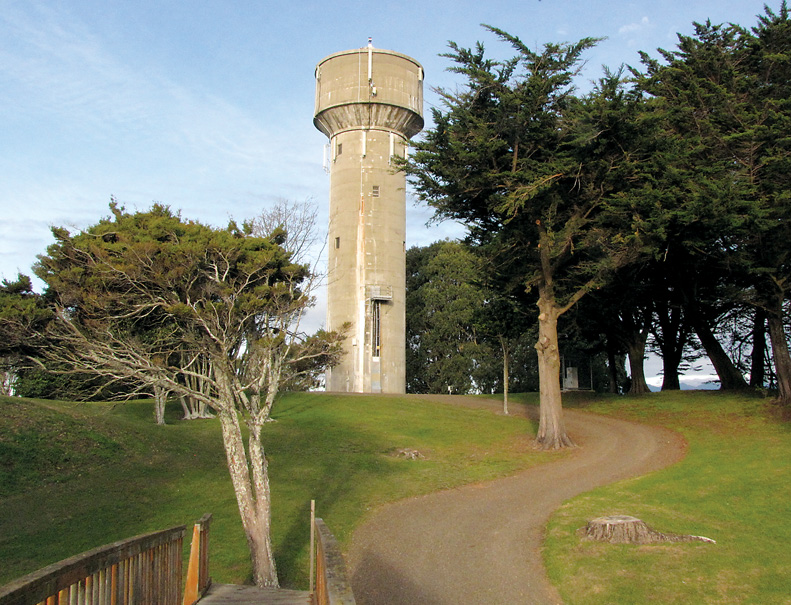An easy walking path leads to the upper waterfall’s lookout. It takes only two minutes to reach this lookout, and the walk is suitable for people of all abilities. Take the track to the left to the waterfall’s base, cross the river via a concrete bridge and follow the track.
One minute after crossing the river you’ll see one more upper lookout – don’t miss it. It will take five minutes to reach the waterfall’s base from this lookout and then five minutes to come back to the carpark using the same track, or return via the 30-minutes’ loop track. This track has the stairs and not suitable for wheelchairs/strollers
The picturesque waterfall is 26.3m high and falls over basalt cliffs. The two viewing platforms above the waterfall give spectacular views of the falls and a birds eye view of the forest below.
Don’t be disappointed! Whangarei Falls is a type of waterfalls which may have little or no water at all during a dry summer. Hence, if the summer is dry with no rain for a few weeks, please don’t expect to see a powerful waterfall. There is a lovely picnic area and public toilets by the carpark.
The walk accesses the AH Reed Kauri Park, with 500 year old kauri trees, and is the uppermost section of the complete Hatea River walk.
Enjoy the sights, sounds and smells of native New Zealand bush. Trees include nikau, totara, manuka, to kouka (cabbage tree) and ponga (tree fern) and birds that you may see and hear include kukupa (native wood pigeon), tui and riroriro (grey warbler).
History
Traditionally this area was a good eeling spot for the local Maori and around the turn of the century it was a popular picnic spot (and still is today) for Whangarei residents.
The base of the falls may once have been tapu (sacred) as the pools below the falls were once used for washing the wounded and dead, and was known to Maori as an area of healing.
In the late 1920’s, Mr Archibald Clapham brought the property, reputedly to prevent the falls being developed as a commercial watermill. In 1946 a local businessmen’s association raised the purchase price by public subscription and the property was vested as a public domain in 1958.
Fact file
Whangarei Falls is roughly a 10-minutes’ drive away from Whangarei city center, or 2.5-hours’ from Auckland. The road surface is always sealed.
Make your own way to Whangarei, then follow the signs ‘Whangarei Falls’ until you reach a car park at Boundary Road. The area is very well maintained and has toilets as well as a beautiful picnic area with a few tables.












